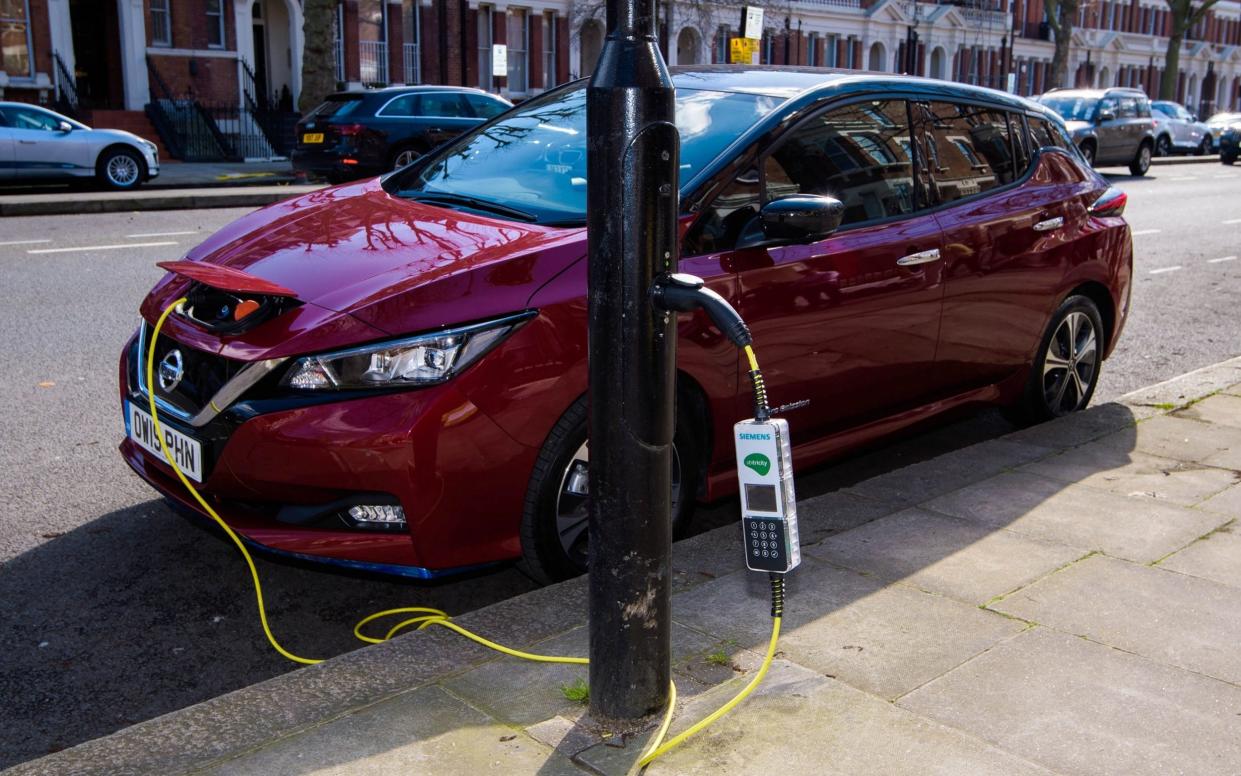Billpayers to help fund electric car chargers under controversial plans

Households face higher energy bills to cover the cost of expanding access to electric car chargers, as Britain races towards a ban on petrol and deisel engines in 2030.
The energy regulator is exploring plans under which companies building public charging points will no longer pay some of the costs of connecting to the grid.
Instead, the network companies that provide the connections will be able to recoup those costs from customers via their regular electricity bills.
Anecdotal reports suggest grid connections can cost as much as £1m in some places where more cabling is required, such as some rural service stations.
It is hoped that moving some of those charges on to bill-payers could encourage more charging points to be built in areas such as workplaces and car parks.
Ofgem believes the costs will be relatively small, about £380m over 17 years, which works out at about £22m per year.
However, the plans are an early indication of how the efforts to overhaul the nation’s transport to cut carbon emissions could be paid for.
The arrangements would also apply to the costs of new connections to the grid for other purposes, such as heat pumps or factories that need more power. Both will be in greater demand as the country tries to cut down on fossil fuels to meet its legally binding target of net zero carbon emissions. In consultation papers, Ofgem says current arrangements risk slowing down that effort.
The UK currently has 24,955 public charging points at 15,810 locations, according to Zap-Map, but will need millions more as petrol and diesel cars are phased out. Regulators have warned of a postcode lottery in the availability of charging points, with cities such as London much better served than other areas.
Ofgem said: “Our proposals will reduce the cost of installing charging stations, which will be vital as more people move to electric cars as Britain moves closer to reaching its net zero carbon emissions targets.
“We always look at the impact of changes on consumers – both households and commercial – when considering changes.”

